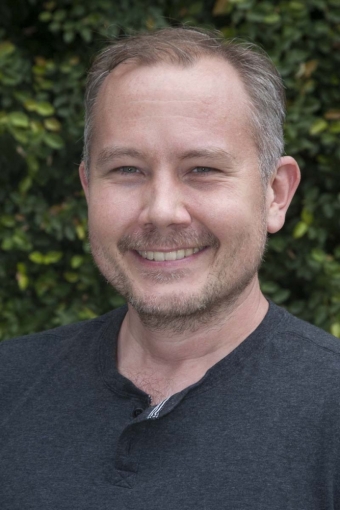
Date:
Location:
Title:
abstract
Versatility and functionality of a tool arise from the combination of its parts and the interactions that can be controllably executed with it. That applies on large as well as on small scales. For example, coupled quantum dot pairs are much more versatile than single quantum dots. Their discrete electronic states and optical transitions can be tuned in-situ over tens of meV. As a result it is possible to control and realize coupling between varieties of excitations of the solid state system, ranging from different spin states, phonons to the mechanical motion of the system. In this seminar I will review the unique properties of coupled quantum dots and discuss their advantages as tools in quantum technologies, such as quantum photonics and quantum sensing.
Literature:
1. C. Jennings, et al., “Self-Assembled InAs/GaAs Coupled Quantum Dots for Photonic Quantum Technologies”, Adv. Quant. Techn. 3, 1900085 (2019) https://doi.org/10.1002/qute.201900085
2. S. G. Carter, et. al., “Spin-Mechanical Coupling of an InAs Quantum Dot Embedded in a Mechanical Resonator”, Phys. Rev. Lett. 121, 246801 (2018). https://doi.org/10.1103/PhysRevLett.121.246801
3. P. Dugar, et at., “Geometry-based circulation of local photonic transport in a triangular metastructure”, Phys. Rev. A, 102, 023704 (2020), https://link.aps.org/doi/10.1103/PhysRevA.102.023704
4. M. L. Kerfoot, et.al., “Optophononics with coupled quantum dots“ Nature Commun. 5:3299 doi: 10.1038/ncomms4299 (2014). http://dx.doi.org/10.1038/ncomms4299
bio
Dr. Michael Scheibner is Associate Professor in the Department of Physics at the University of California at Merced. Since his arrival on campus in 2009 he has been building up the semiconductor optics and quantum materials research at UC Merced. Dr. Scheibner earned his M Sc in physics at the University of New Mexico where he was engaged in both, astronomy and semiconductor optics research. He received his Diplom Physiker degree and his doctoral degree in Physics from the University of Würzburg, in Germany, for studies on the dynamics of locally interacting spin carriers in low dimensional semiconductor structures. As a postdoctoral researcher at the Naval Research Laboratory in Washington DC, he started exploring the controlled coupling of quantum dots. His current research interest is in the optics of solid state based coupled quantum systems at the interface between quantum and mechanical motion.
Hosted by Jim Speck. Download event flyer.



